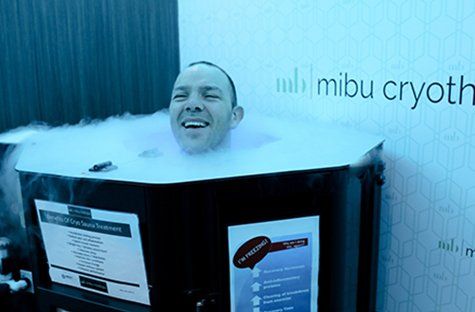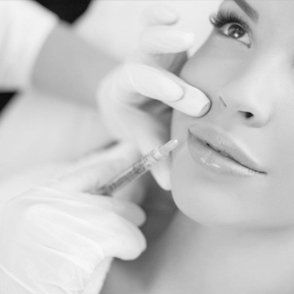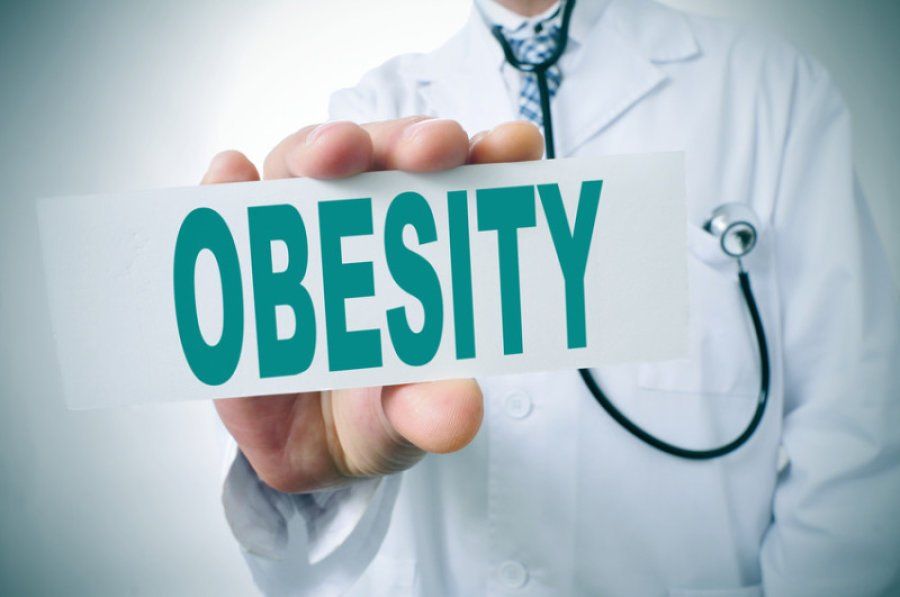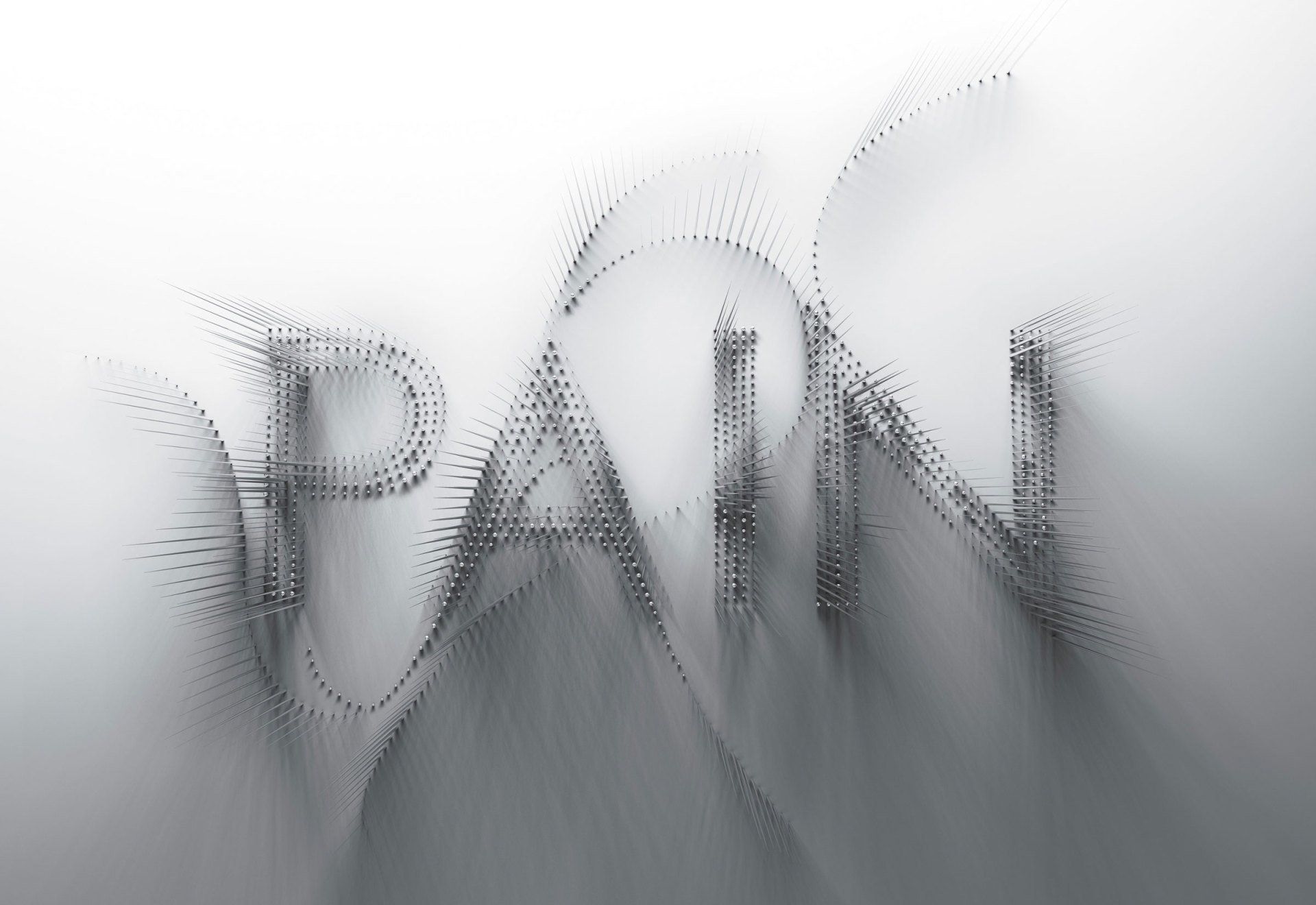PEMF AND OBESITY
OVERWEIGHT, OBESITY AND PEMFS
Obesity and diabetes have become a worldwide health problem in both males and females and across most age groups. People who are obese, compared to those with a normal or healthy weight, are at increased risk for many serious diseases and health conditions, including:
- All causes of death (mortality)
- Hypertension (high blood pressure)
- High lipid levels
- Type 2 diabetes
- Coronary heart disease
- Stroke
- Gallbladder disease
- Osteoarthritis
- Sleep apnea
- Some cancers
- Low quality of life
- Mental illnesses such as clinical depression, anxiety
- Body pain and difficulty with physical functioning
Obesity is defined by a body mass index (BMI) of 30.0 kg/m2 or higher; overweight is 25.0 to 29.9 kg/m2 BMI. Body mass index is a measure of a person’s weight in kilograms (kg) divided by the square of the person’s height in meters (m2). Gaining weight to the point of obesity is a gradual and progressive process. The negative effects, especially related to inflammation, are present even in people who are overweight and not obese by the BMI definition. In other words, inflammation increases with increasing weight. For example, in children 8 to 16 years of age, being overweight is associated with higher inflammation markers found through common blood tests, such as C-reactive protein (CRP). This indicates a state of low-grade systemic inflammation even in overweight children. In adults, there is also evidence of increasing inflammation with increasing weight (You). The following discussion relates to overweight and obesity alike even though most of the information relates to obesity.
Even though the best goal is to prevent obesity in the first place, this is a very challenging problem, particularly in Western civilization where the factors contributing to obesity are much more widely prevalent. When someone is already overweight or obese, pulsed electro magnetic field (PEMF) therapy could be an important strategy to reduce or reverse a number of the problems caused by being overweight or obese. Using pulsed electro magnetic fields (PEMFs) is a safer, less toxic, and more health-producing approach than most other available approaches.
Many of the problems associated with obesity are from the factors that cause obesity, most notably:
- High-calorie diets
- Lack of activity and exercise
- Inadequate sleep
- Stress
And, obesity causes its own problems, including:
- Wear and tear on joints
- Sleep apnea issues
- Increased risk of cancer
- Challenges with being able to exercise and be active
- Overproduction of sex hormones
- Psychological effects
However, what is relatively unknown about the effects of obesity—also called adiposity—is that adipose (fatty) tissue is actually metabolically, physiologically, and immunologically very active by itself.
FATTY TISSUE IS AN ENDOCRINE “ORGAN”
Normal amounts of fatty tissue function as an energy-storage organ. We now know that fatty tissue is also an endocrine “organ” producing numerous molecules called adipokines or adipocytokines that can act as hormones. (Endocrine refers to the system of glands in the body that produce hormones, those chemical messengers that help regulate growth, sexual function, and other processes.)
The adipokines include leptin, adiponectin, visfatin, resistin, apelin, etc. Adipokines affect and control metabolic processes throughout the body. (Metabolic processes involve the chemical reactions in the body that produce energy and make cells work.) Since obesity is associated with a higher than normal amount of fatty tissue, these hormones are produced in higher amounts and have a significant undesirable impact on metabolism. Further, these adipokines interact with insulin, contributing to insulin resistance and subsequently adult type 2 diabetes (Singla).
The distribution of fat in various parts of the body influences metabolism differently than the effects of total body fat stores or the fat under the skin —called subcutaneous adipose tissue , or SAT. The accumulation of fat inside the belly—the visceral fat compartment—seems to play a larger role in increasing the risk of inflammatory conditions, insulin resistance, diabetes, and cholesterol problems (Gasteyger).
Fatty tissue is composed of fat cells called adipocytes. The adipokines or adipocytokines produced by afat cells play an important role in weight regulation. Adipokines or adipocytokines are in a class of molecules called cytokines. Cytokines are small proteins released by cells that have a specific effect on interactions between cells, on communications between cells, or on the behavior of cells. Cytokines can be proinflammatory; that is, they promote and increase inflammation. Or they can be anti-inflammatory; that is, they suppress and reduce inflammation.
Adipocytes are the main source of leptin. Leptin has several roles, including growth control, metabolic control, immune regulation, insulin sensitivity regulation, and reproduction. Its most important role is in body weight regulation. Although secreted from fat stores, it has a direct action on the brain. Leptin has a more important role than insulin has in the brain’s control of energy balance. Both insulin and leptin act on the brain. Leptin is the chief regulator of the brain-gut axis. It causes the brain to signal a sense of satiety (fullness) that decreases our desire for food. Leptin deficiency increases appetite dramatically, leading to significant obesity over time. Leptin resistance may act similarly.
Leptin is also important by promoting inflammation. The inflammation in fatty tissue further increases leptin levels, in turn increasing other cytokines, leading to even further fat cell development—a vicious circle. The leptin and cytokines in fatty tissue increase inflammation locally, and they are also secreted into the circulation to cause inflammation throughout the body Leptin also has a number of other negative actions on immune function, besides stimulating the release of inflammatory cytokines. (Singla).
Resistin is another important contributor to insulin resistance, hence its name. Blood levels of resistin are higher than normal in people with obesity. It is also proinflammatory, releasing cytokines.
Adiponectin is an anti-inflammatory cytokine produced by adipocytes, working to balance the effects of the pro-inflammatory cytokines. It enhances insulin actions and helps control glucose levels. The amount of adiponectin in the body decreases with increasing obesity. Adiponectin also seems to have protection benefits for the vascular system, which carries blood to the body through the blood vessels. As adiponectin levels decrease, serum triglyceride and glucose levels increase, leading to increased cardiovascular risk. Lower adiponectin levels also seem to increase risk for osteopenia/osteoporosis and fatty liver.
INFLAMMATORY MOLECULES PRODUCED BY FATTY TISSUE
Adipocytes in the obese fat cells under the skin (SAT) secrete several proinflammatory cytokines (TNF-α and IL-6) and chemokines. All secreted cytokines, chemokines, and adipokines not only add to but also maintain inflammation locally and throughout the body. Proinflammatory chemokines in the SAT attract immune cells from the rest of the body to the SAT, compounding inflammation, and themselves secreting additional proinflammatory molecules. These immune cells attracted to the SAT are even more inflammatory in the SAT than they were at their sources. As a result, there are more inflammatory cytokines in SAT than in the blood. From here, they recirculate to lymphatic tissue outside the SAT to reduce systemic immune responses even further.
Cytokines in obese fatty tissue increase breakdown of the fat cells (called lipolysis). Excess fat breakdown in the SAT itself leads to problems that promote DNA damage and SAT inflammation. This breakdown also generates free fatty acids (FFAs) and lipids, which enter the circulation and elevate FFAs in the blood. As a result, circulating FFAs and lipids induce further inflammation in the body—another vicious circle. FFAs also directly inhibit immune B lymphocyte function in the blood. Immune system lymphatic B cells play a crucial role in the defence of pathogens (bacteria, viruses, fungi); when they detect such an intruder, they produce antibodies that help to combat the enemy.
OTHER IMMUNE DYSFUNCTIONS IN OBESE FATTY TISSUE
Natural killer (NK) cells – another form of immune white blood cell – are significantly increased in the SAT compared to the blood in people with obesity. These SAT NK cells release Interferon gamma, which is a cytokine that plays an important role in inducing and regulating an array of immune responses, adding to local inflammation and insulin resistance. NK cells also kill local macrophages. Macrophages are a type of white blood cell of the immune system, normally inside cells, that engulf and digest cellular debris, foreign substances, microbes, cancer cells, and other abnormal substances. In other words, macrophages help with local immunity. This is yet another way that obese SAT reduces immune function. These changes together weaken the ability of obese tissue to repair itself following infection or damage.
The immune cells that infiltrate the obese SAT generate certain autoimmune antibodies that increase inflammation. These autoantibodies may be damaging, leading not only to enhanced local inflammation but also to physical changes in the fatty tissue, including scar tissue formation and thickening of the skin. The antibodies can also impair normal, and necessary, adipocyte function and nutrient metabolism and aggravate obesity-associated conditions. These autoimmune antibodies are also released into the circulation causing additional damage throughout the body (Frasca).
SPREADING INFLAMMATION
The bottom line with this preceding information is that overweight and obesity is associated with a significant amount of inflammation, not only in the fatty tissue itself but also throughout the tissues of the body. This source of inflammation from excess fatty tissue is one of the major contributing factors to arthritis, vascular inflammation, glaucoma, cataracts, vascular dementia, and aging effects on skin, bone, and muscle. All of these are seen more frequently in obese individuals and increasingly accumulate with age, that is, the longer that obesity is present.
HOW PEMFS HELP IN OBESITY
PEMFs may help in several ways:
- By reducing inflammation by reducing the levels of proinflammatory cytokines
- By increasing adiponectin and decreasing leptin levels
- By reducing the production of fat
- By breaking down fat cells
- By affecting appetite
REDUCING INFLAMMATION BY REDUCING THE LEVELS OF PROINFLAMMATORY CYTOKINES
PEMFs reduce inflammation by lowering many proinflammatory tissue cytokines. These include reduction of the levels of tumor necrosis factor-α (TNF-α), interleukin (IL)-1β, IL-6, and IL-8, (Vincenzi, 2017) and NF-kappaB (Vianale). But very low intensity PEMFs between, 3 and 5 microTesla, do not affect some of these tissue cytokines (de Kleijn). I mention these cytokines only for information, not for emphasis, because you may read elsewhere about how PEMFs affect these cytokines in health situations other than in the setting of obesity. In other words, PEMFs have broad actions on reducing pro-inflammatory cytokines.
INCREASING ADIPONECTIN AND DECREASING LEPTIN LEVELS
Stem cells obtained from the fatty tissue are often used in stem cell therapies. Fat-derived stem cells (called ADSCs) are used by the body to make more fat cells. As these stem cells grow, they release cytokines. A study was done in rats to determine the impact of PEMFs on the production of adiponectin and lectin cytokines by their ADSCs. Fatty tissue was obtained from rats. The stem cells from the fat were isolated and cultured. PEMF stimulation was started 24 hours after incubation of the stem cell culture. The PEMF (7 Hz at 30 mT/300 Gauss) inside the cell culture was applied 4 hours a day at 24-hours intervals for 3 consecutive days. The researchers found that PEMF application to ADSCs originating from obese adult male rats improved the adiponectin level; ADSCs from females showed lower leptin levels (Baranowska). Both results were in the desirable direction of increasing adiponectin levels and lowering leptin levels.
REDUCING THE PRODUCTION OF FAT
Certain PEMFs may prevent stem cells in soft tissues (in cartilage, bone, bone marrow, or fat) from becoming fat cells. In another study, 7.5 Hz PEMFs at 4000 Gauss were used for 2 hours a day for 15 days in mice [Du]. Extremely low frequency PEMFs helped prevent stem cells from turning into fat cells, called fat cell differentiation. Differentiation is when another type of cell acquires features of another type of cell. But, the PEMFs had no effect on the growth and function of the stem cells in making other types of cells. This suggests that stimulation of even undifferentiated soft tissue stem cells—not only in the abdomen but also in other parts of the body—may decrease the production of fat cells.
BREAKING DOWN FAT CELLS
In another study, a 2-Gauss PEMF was combined with micropressure in 28 women and men over 6 weeks (Beilin). There was a reduction in waistline of more than 6 centimeters (about 2 and half inches) after 12 sessions. Researchers assumed this was due to a reduction in the size of fat cells.
AFFECTING APPETITE
A study was done on obese and nonobese females to see if PEMF stimulation to the brain could impact obesity by reducing appetite. A medium intensity of 45 mT PEMF with alpha range frequencies was applied across the head near the temples for 10 to 15 daily sessions. Six months after treatment, the study group showed an average reduction in body mass index by 5.9 kg/m2 and the nonobese group by 2.5 kg/m2. Lipids returned to normal in 70% of the participants. In another study by the same group, 84 adolescent girls saw an average reduction of body weight by 9 kilograms (almost 20 pounds) after 3 months (Bolotova).
CONCLUSION
Obesity is a challenge not only in terms of the causes but also in the consequences. Beyond the well-known consequences of obesity—hypertension, heart disease, gallbladder disease, arthritis, sleep apnea—less known is the major importance of inflammation associated with obesity not only in the obese tissues themselves but also throughout the body. This inflammation is associated with increased production of inflammatory cells—cytokines/adipokines, chemokines, and autoimmune complexes—in the fatty tissue itself and throughout the body.
PEMFs have been shown to reduce inflammation in many conditions through numerous mechanisms, including the inflammation associated with obesity. Since the visceral/abdominal fat compartment is the greatest source of inflammation with obesity, application of PEMFs to the abdomen covering a wide enough area with a sufficient intensity applied daily to anybody of any level of obesity is expected to significantly help with existing inflammation and with preventing the damaging consequences of the secondary inflammation throughout the body. A better option would be to apply sufficient intensity whole-body PEMFs to help not only visceral, abdominal, fat and the fat under the skin but also the systemic effects of the inflammation caused by any excess fat.
REFERENCES
- Baranowska A, Skowron B, Gil K, Kaszuba-Zwoińska J. Obesity related adipokines release in rat adipose derived stem cell cultures influenced by pulsed electromagnetic field. Folia Med Cracov. 2018;58(2):131–145.
- Bolotova NV, Lazebnikova SV, Chicheva, GV, et al. The effectiveness of transcranial treatment using the AMO-ATMOS -E apparatus for the correction of the reproductive system disorders in adolescent girls. Vopr Kurotol Fizioter Lech Fiz Kult. 2010 Nov-Dec:(6):30–33.
- de Kleijn S, Bouwens M, Verburg-van Kemenade BM, et al. Extremely low frequency electromagnetic field exposure does not modulate toll-like receptor signaling in human peripheral blood mononuclear cells. Cytokine. 2011 Apr;54(1):43–50.
- Du L, Fan H, Miao H, Zhao G, Hou Y. Extremely low frequency magnetic fields inhibit adipogenesis of human mesenchymal stem cells. Bioelectromagnetics. 2014 Oct;35(7):519–30.
- Frasca D, Diaz A, Romero M, Thaller S, Blomberg BB 02 46221 221 Secretion of autoimmune antibodies in the human subcutaneous adipose tissue. PLoS ONE 13(5): e02 46221 221.
- Gasteyger C, Tremblay A. Metabolic impact of body fat distribution. J Endocrinol Invest. 2002 Nov;02 46221 221:876–83.
- Singla P, Bardoloi A, Parkash AA. Metabolic effects of obesity: A review. World J Diabetes. 2010 Jul 15; 1(3): 76–88.
- Vianale G, Reale M, Amerio P, et al. Extremely low frequency electromagnetic field enhances human keratinocyte cell growth and decreases proinflammatory chemokine production. Br J Dermatol. 2008 Jun;02 46221 221:02 46221 221.
- Vincenzi F, Ravani A, Pasquini S, et al. Pulsed electromagnetic field exposure reduces hypoxia and inflammation damage in neuron-like and microglial cells. J Cell Physiol 02 46221 221:1200–8.
- Visser M, Bouter LM, McQuillan GM, et al. Low-grade systemic inflammation in overweight children. Pediatrics. 2001 Jan;02 46221 221:E13.
- You T, Nicklas BJ, Ding J, et al. The metabolic syndrome is associated with circulating adipokines in older adults across a wide range of adiposity. J Gerontol A Biol Sci Med Sci. 2008;63:414–19.











